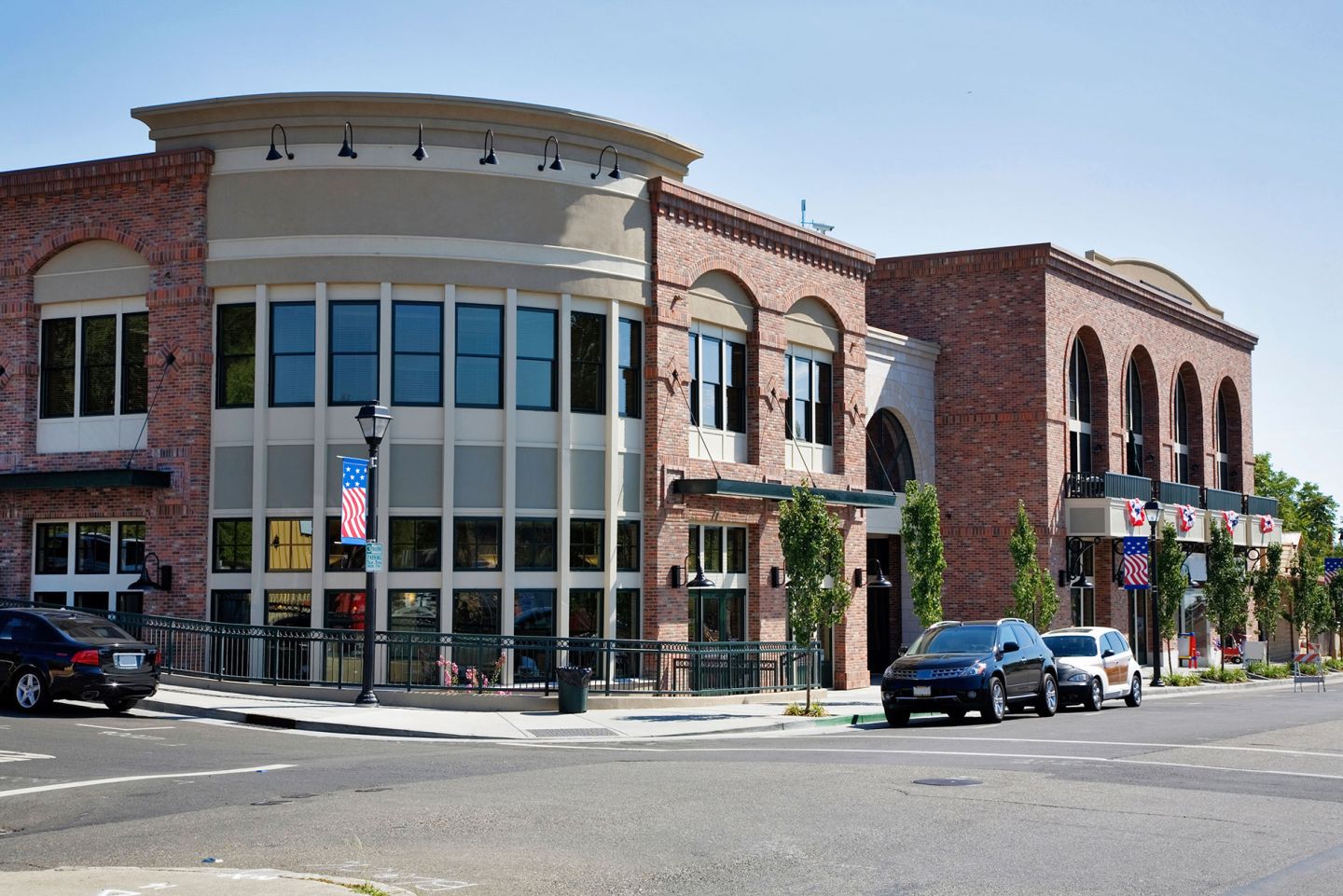By Bill R. Shelton, CEcD, HLM
Developers and municipalities stereotypically have a love-hate relationship. They need each other, but often they drive each other crazy. For cities that want to spur retail development, the importance of being developer-friendly can’t be overstated.
As a rule, successful retail development is generally a private/public partnership. Traditionally, retail projects have been initiated by the retailer or the developer, who then seeks the involvement of the public sector to provide support and infrastructure. Today, many municipalities are initiating retail projects and seeking the involvement of competent developers. A healthy public/private partnership is crucial to getting the retail development process off the ground and to ensuring its continued success.
Having a hard time recruiting retail development? Your city may have the reputation of being “anti-developer.” Too often, city codes and regulations become too strict. Over-zealous enforcement turns off developers. Soon, the word gets around in the retail industry, and the city loses development opportunities.
As retail development becomes more competitive, the communities that succeed will have the reputation of being developer-friendly. This does not mean that all rules, regulations and restrictions are eliminated. It simply means that the community removes confusing and cumbersome policies and procedures.
Follow these tips to become developer-friendly:
1. Streamline permitting procedures. This is perhaps the most important way to abolish your bad reputation. Do everything you can to make it faster and easier for developers to get permission to continue the project. Start by guaranteeing a timeframe for getting an answer on permits.
Look at it from the developer’s perspective. Would you like to conduct business in a municipality that requires you to deliver a separate set of building plans to 14 different city offices for approval and then wait for all 14 to get back to you on their own timetables? This is not an exaggeration; it actually happens.
In the early 1990s, the city of Grand Prairie, Texas, reversed a poor reputation with developers by creating “one-stop shopping” for permitting. The city, once known as bureaucratic and slow in issuing permits, purchased a former grocery store across the street from city hall in 1993. After renovating the building, all departments involved in the development decision process were relocated, including Building Inspection, Code Enforcement, Engineering, Transportation, Planning, Fire Marshall, Public Works and Environmental Services. The result was a much streamlined permitting process and a greatly improved reputation with developers.
2. Create easy-to-use zoning and building codes. Over time, the zoning codes can become a tangle of undecipherable rules. As new staff take over the planning department, they add new rules on top of existing ones that they may not fully understand. The resulting code is impossible to understand. Often, the cure is a complete rewrite with clearly defined development standards and permit evaluation criteria.
3. Develop a competitive impact fee system. Remember that developers have a choice of where they locate projects. Are your impact fees higher than those of surrounding municipalities? These fees may be one of the reasons developers are passing you by and flocking to the city next door.
4. Educate and motivate your staff. Make sure the staff people who deal with developers convey your city’s pro-developer stance. Train the staff to have a “can-do” attitude when it comes to getting information to developers. It doesn’t help to have great policies and procedures if they are carried out begrudgingly by your staff. And, as staff members develop a “customer friendly” attitude, they will become actively involved in making recommendations to improve codes and processes.
The former city manager of Grand Prairie said, “Creating effective changes in how a community is perceived by the development community can’t be made by sprinkling ‘fairy dust’ on the problem but requires total commitment of the elected officials and staff to change not just rules and regulations but to change attitudes and mind-sets.”


